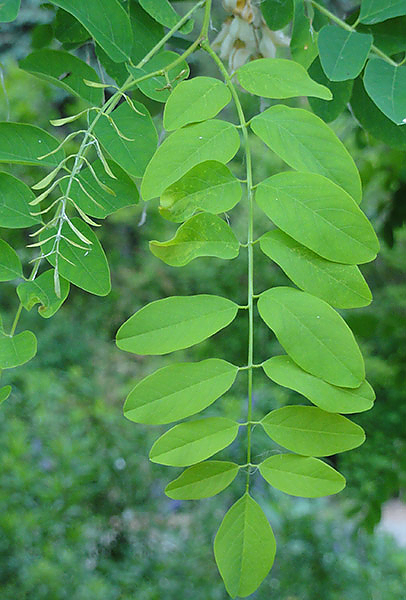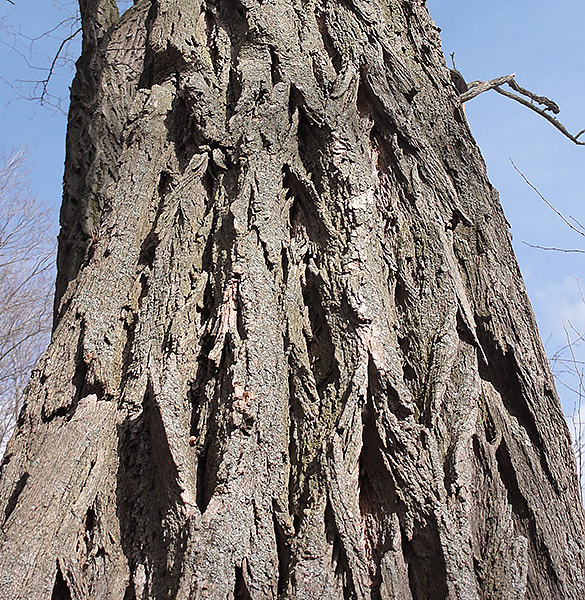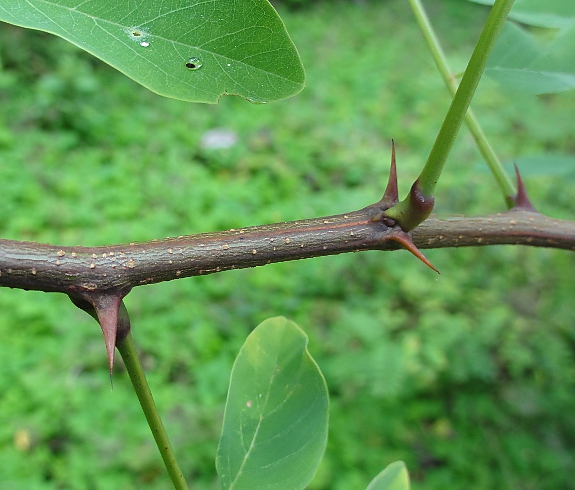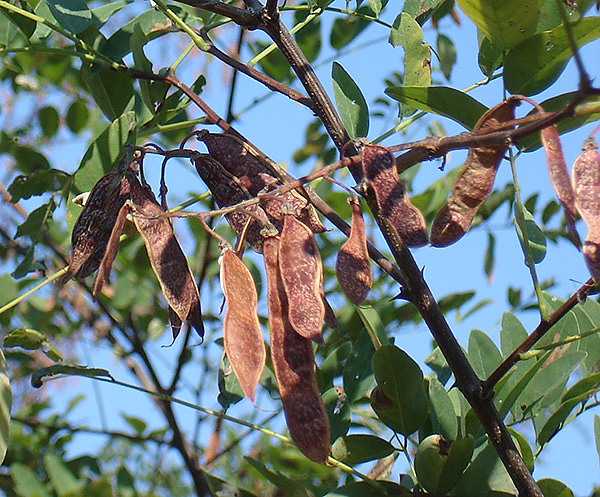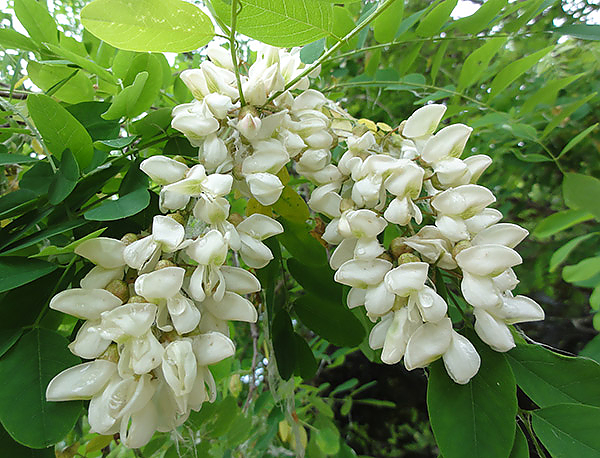Identification:
Leaves—
small, green, oval-shaped, in slanting downward rows
Twigs—
long, very thin and fragile, dull light gray-brown
Flowers—
reddish brown pods hanging in clusters
Fruit—
tiny white clusters
Bark—
rough thick twisted texture, light dull gray-brown color
Natural History:
General description—
Since this tree can tolerate growth in many places, it can be found in other parts of the world. Over time, it has become a pest to the native species in other places since it is competitive. This tree doesn't tolerate shade very well.
Natural distribution and habitat—
Native to North America and usually found in the states.
Conservation status—
Nothing serious, since it easily overtakes other native species.
Uses—
Used as shade and food by wildlife. Durable wood is used to make wooden products. The tree is also used to make honey and firewood.
